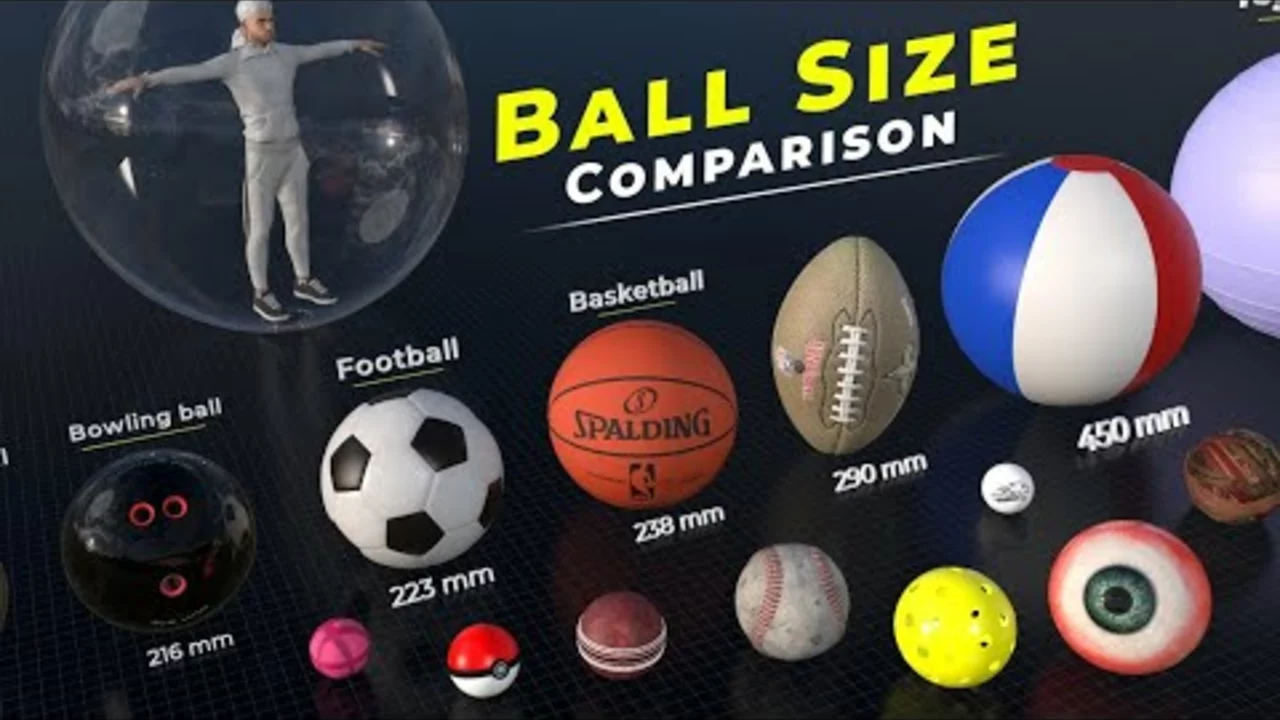Sizes Guide: How to Pick the Right Soccer Jersey and Shoe Fit
Ever bought a jersey that looked great online but felt like a tent when it arrived? Or slipped on a pair of pricey soccer shoes that promised performance but left you with blisters? The problem is usually a simple size mix‑up. In this guide we’ll walk through the basics of measuring yourself, reading size charts, and making smart choices for both jerseys and shoes.
Measuring for the Perfect Jersey
Start with a cloth measuring tape. Lay the tape around the widest part of your chest, just under the armpits. Write that number down in centimeters or inches – most brands list both. Next, measure your waist where the kit’s bottom sits. If you’re between sizes, go with the larger number; a loose jersey looks better than a tight one.
Most European clubs use the same size system as the league: Small (S), Medium (M), Large (L), and Extra Large (XL). Some premium kits even have a ‘Fit’ tag – ‘Regular’ or ‘Slim’. If you prefer a tighter look, choose slim; if you need room for a bulky undershirt, regular is safer.
Whole‑sale buyers often look for bulk orders of standard sizes. When you’re contacting platforms like Alibaba or eBay, ask the seller for a detailed size chart and a sample if possible. That tiny step saves you from a warehouse full of returns.
Getting the Right Soccer Shoe Size
Soccer shoes (or ‘boots’) are a different beast. The fit should hug the foot but still let your toes wiggle. To find your size, stand on a piece of paper, trace the outline of your foot, then measure from heel to the longest toe. Compare that length to the brand’s chart – remember, Adidas, Nike, and Puma each have slight variations.
If you’re eyeing expensive models, the extra cost often buys better materials, not a bigger foot. Try on the shoes in the afternoon; feet swell a bit after a day’s activity, so you’ll get a realistic feel. If you’re buying online, look for a free‑return policy – that way you can test the fit without risk.
Players who train on synthetic turf might need a bit more ankle support, while those on grass can go lighter. Knowing the surface you play on helps narrow down the right shoe category and the size that feels most natural.
Finally, remember that fit isn’t just about numbers. Try the jersey on with your shoes, move around, and make sure nothing restricts your motion. A well‑fitted kit boosts confidence, and a comfortable pair of boots lets you focus on the game, not your feet.
Got a specific brand in mind? Check the brand’s official site for a downloadable size guide. If you’re buying from a reseller, ask for the exact measurements of the item on the table. A little extra effort now stops you from dealing with a pile of ill‑fitting gear later.
Now you have the tools to choose the right jersey and the right shoes. No more guessing, no more returns – just the perfect fit that lets you enjoy the beautiful game.

How many different sizes of soccer balls are there?
In the world of soccer, there are five different sizes of balls to suit various age groups and events. Children under eight years old usually play with a size 3, while those aged between 8 and 12 use a size 4. Teenagers and adults typically use the size 5 ball, which is also the official size used in professional soccer. Additionally, there are smaller sizes, 1 and 2, mainly used for promotional purposes or skills training. It’s interesting to see how the ball sizes cater to different needs in the soccer community!
Read more